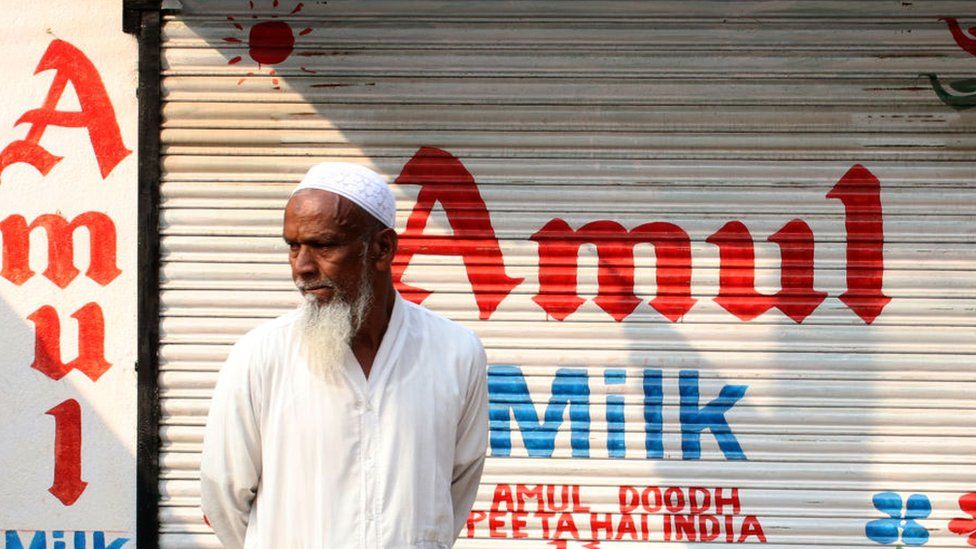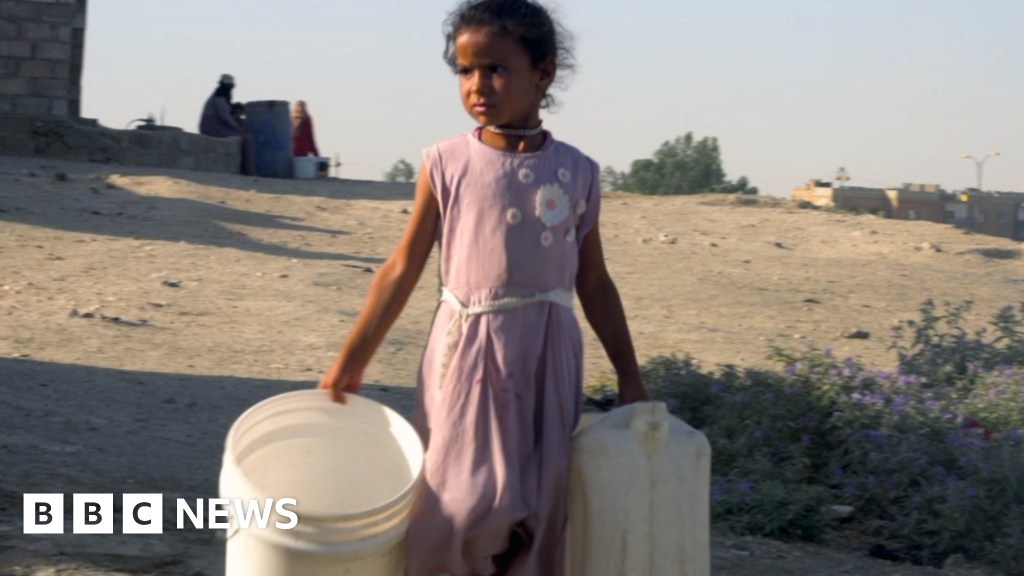ARTICLE AD BOX
By Santosh Desai
Author and columnist
 Image source, Getty Images
Image source, Getty Images
Amul perfected the cooperative business model for milk production
Some things just stick, like an iconic ad jingle or the taste of the butter you've grown up eating.
It's what makes consumers fall in love with a brand and stay loyal to it. India has a host of homegrown brands that have found their way into the homes and hearts of millions over the decades.
These iconic brands helped India become self-sufficient after the country gained independence in 1947 and, over the years, they have shaped consumer behaviour and transformed their sectors.
Seventy-five years later, they continue to bolster India's marketplace, making it viable for global investors. Here's a look at some of the most illustrious brands and how they shaped India and its people.
Amul
Image source, Amul
Image caption,The Amul girl is the brand's popular advertising mascot
Amul's milk products are ubiquitous in India, making the brand a leader in the dairy category and one of India's top 10 fast-moving consumer goods (FMCG) companies.
It started off in the western state of Gujarat as a co-operative movement, by bringing together thousands of farmers to create a thriving dairy business.
Under the leadership of Dr Verghese Kurien - a social entrepreneur credited with kickstarting "India's milk revolution" - the brand perfected the grassroots cooperative business model and today offers employment to millions.
Despite facing competition from multinational giants, Amul has managed to hold fort in the dairy space in India - a testament to the brand's ability to adapt and survive.
Amul also made it cool to hold up a mirror to society long before it became fashionable for brands to do so. Their ads featuring the 'Amul girl' have offered a tongue-in-cheek take on almost every significant event in India - be it a political scam or an actor's demise.
This is the charm of Amul - it is India's original social enterprise, and one that has always had the larger collective good at the heart of its design.
Parle-G biscuits
Image source, Getty Images
Image caption,Parle-G is among the world's largest selling biscuit brands
A glucose biscuit brand from Parle Products, Parle-G is among the world's largest-selling brands of biscuits in terms of volume and one of the most widely distributed products in India.
It is also the biscuit that has united India, one bite at a time.
Born out of the Swadeshi movement - a self-sufficiency movement that was part of India's freedom struggle in the early 1900s - the brand was created as a counterpoint to the expensive biscuits sold by the dominant international players at the time.
Parle-G quickly became an integral part of the Indian palate, cementing its place as the inevitable partner to a cup of tea. Apart from its popularity as a product, culturally it is part of one's collective identity. The experience of enjoying a Parle-G biscuit dipped in tea is one that people across class, caste and region can relate to within India.
Maruti
Image source, Getty Images
Image caption,Maruti made cars affordable for the Indian middle class
For a very long time, it was only the privileged few who could afford a car in India and for the middle class, it was a distant dream. Then, Maruti came along and began offering cars at a magical price point of just about 50,000 rupees ($625; £530).
The 800CC cars were cute, zippy and far more reliable than bulky Ambassadors - India's only luxury car from the 1960s to the mid 1990s.
The Maruti whet the appetite of India's consumption-hungry middle class and transformed consumer behaviour in the country. It democratised travel and aspirations, and represented mobility in every sense.
Families discovered that the radius of their reach - geographically and socially - had dramatically increased with the owning of a car. And so Indian society, notorious for being steeped in caution and restraint, found itself gleefully seeking out the next frontier of consumption - and then the next.
Nirma
Image source, Nirma
Image caption,Nirma invested heavily in TV ads at a time when it was uncommon to do so
Up until the 1980s in India, it was legacy brands that held sway over the marketplace. But Nirma, a detergent brand with its origins in Gujarat's Ahmedabad city, took on established players in the space and humbled them.
At a time when businessmen were hesitant to invest money up-front in advertising, Nirma spent huge sums on TV ads.
The Nirma jingle, which drives home the brand's name by repetition, is an earworm that refuses to die even today. In recent years, it has taken on a new life with millennials remixing it and making it part of quirky acapella renditions.
The brand's foresight and ambition helped it dominate and leverage the most powerful media vehicle of the time to drive up consumption.
Another admirable strategy of the brand was that it kept a razor-sharp focus on elements that truly mattered - it offered an adequately good product at a great price and relied on a simple, but efficient, distribution model to sell its products.
In this way, Nirma made itself indispensable to millions of Indians who wanted good-quality products at an affordable price.
The brand has now become a symbol of an entrepreneurial spirit that is hungry for success and has the confidence to rely on new ways to chart a path in the Indian marketplace.
Jio
Image source, Getty Images
Image caption,Jio captured the Indian telecoms market with affordable data packages
An offering of Reliance Industries, Jio is among India's biggest telecoms brands.
At the time of its launch in the 2000s by Mukesh Ambani, one of Asia's richest men, India's telecoms space was already dominated by other multinational brands.
But Jio turned the tables in its favour by adapting a clever marketing strategy. It offered free data and calls for the first six months, luring millions of customers and transforming India's digital landscape.
Thanks to Jio, what would have been a gradual process of digital adoption became an accelerated phenomenon.
Today, India's digital-savvy populace has become a crucial market for global technology players. It has also helped India build a robust digital payment system, which is counted among the finest in the world. The cultural impact of the exposure digital access provides is far too sweeping in nature to be measured.
If there is one drawback, it is that this very digital revolution in India has also contributed to the polarised environment the country finds itself trapped in today.
India, the world's largest democracy, is celebrating 75 years of independence from British rule. This is the tenth story in the BBC's special series on this milestone.
Read more from the series here:

 2 years ago
24
2 years ago
24








 English (US)
English (US)